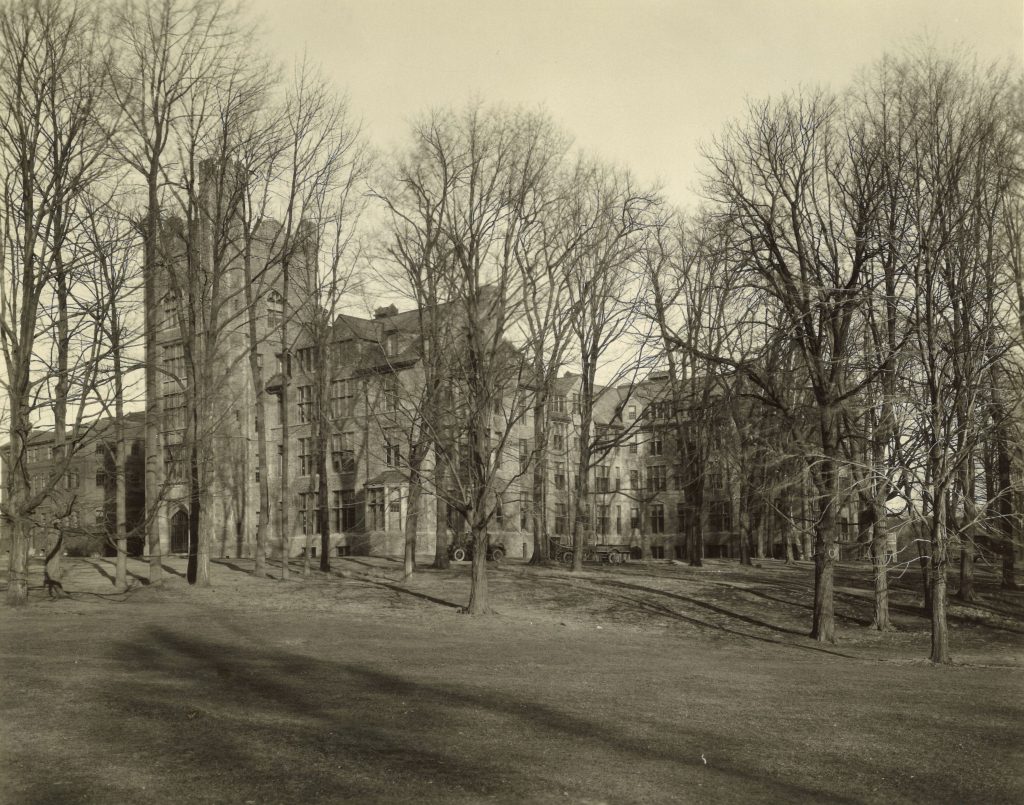The Cornelia Clapp Laboratory holds a century of stories and the legacy of a professor who forever shaped Mount Holyoke.
After graduating from Mount Holyoke Seminary in 1871, Cornelia Maria Clapp became a professor of zoology and developed a curriculum to “study nature, not books.” This broke students away from textbook memorization and gave opportunity for first-hand experience witnessing what textbooks described. Zoology at Mount Holyoke flourished under Dr. Clapp’s instruction, which laid the foundation for generations of science instruction.
Dr. Clapp retired in 1916, the year before the original science building, Williston Hall, burnt down in 1917. When plans were first drafted for a new laboratory, there was no doubt it would be named for her. Cornelia Clapp Laboratory opened for student use in the fall of 1924, and Dr. Clapp spoke at the building’s dedication.
While not a professor housed in Clapp Laboratory, Dr. Clapp’s influence lived on in each classroom and with professors influenced by her instruction and scholarship. Laboratory work as a teaching method, which she pioneered, became standard amongst the sciences. For instance, botany students were required to collect, prepare, and keep a minimum of 300 plant species in books called herbariums. Her successors in zoology built the department into one of the best programs in the nation.
This exhibit was curated by Peregrine Basich Whitney ‘25, Archives Assistant; Asya Anna Begovic ‘24, Lynk Intern and Archives Assistant; Tara Castellano FP ‘24, Lynk Intern; and Becca Moses ‘24, Archives Assistant. Online adaptation by Tracey Kry ‘04, Digital Collections Archivist, and Sophie Glasco ‘26, Archives Assistant. With installation assistance from Charlotte Blandino ‘27.
Thank you to Heather Hamilton, Willie Perreault, and Jared Schwartzer at the Mount Holyoke Science Center for the support of this exhibit and the use of materials from the Science Center’s historical collections.
